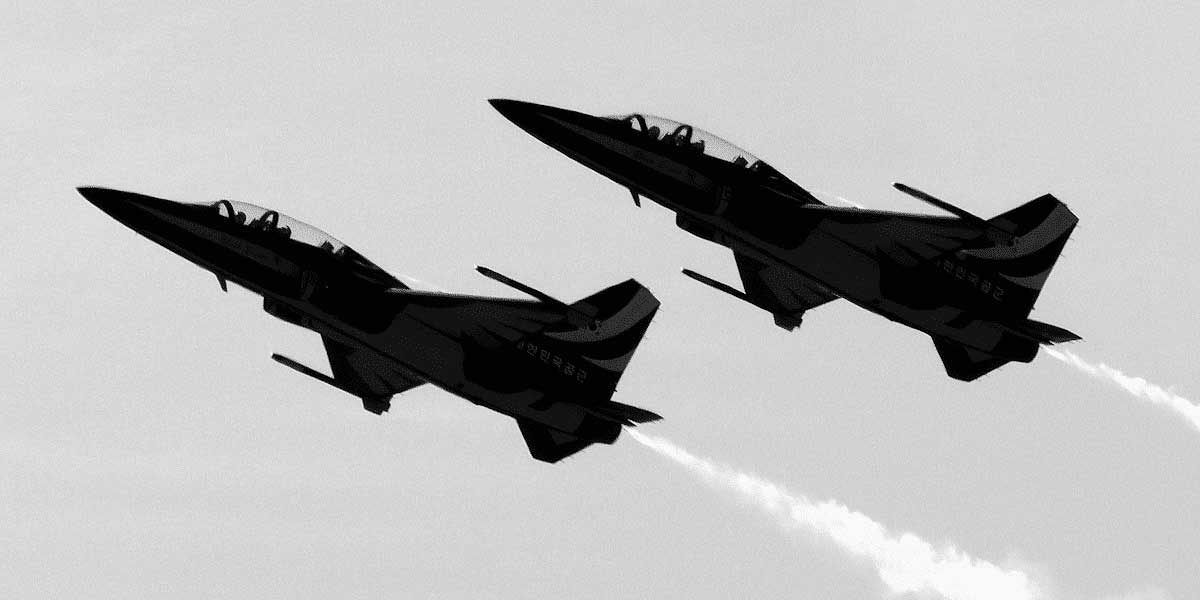Unraveling the Mystery of High-Speed Military Jets
Military jets have long captured the imagination of people worldwide with their ability to soar through the skies at breathtaking speeds. From fighter jets to reconnaissance aircraft, these high-performance machines push the boundaries of aerodynamics and engineering to achieve velocities that seem almost impossible. But how exactly do military jets reach such incredible speeds? Let’s delve into the fascinating world of supersonic and hypersonic flight to uncover the secrets behind these remarkable feats of aviation technology.
Understanding the Basics: Supersonic vs. Hypersonic Speeds
Before diving into the intricacies of military jet propulsion, it’s essential to understand the difference between supersonic and hypersonic speeds. Supersonic speed refers to velocities exceeding the speed of sound, which is approximately 767 miles per hour (1,235 kilometers per hour) at sea level. In contrast, hypersonic speed involves flying at speeds greater than five times the speed of sound, or Mach 5 and above. Achieving and maintaining these extreme velocities present unique challenges that demand cutting-edge technology and precise engineering.
To achieve hypersonic velocities, military jets often utilize advanced propulsion systems such as ramjet and scramjet engines. Ramjet engines compress incoming air at supersonic speeds without the need for traditional compressor blades, making them ideal for high-speed flight. Scramjet engines take this concept a step further by operating efficiently at hypersonic speeds, utilizing supersonic combustion to generate thrust. These cutting-edge propulsion systems enable military jets to reach staggering speeds while overcoming the aerodynamic challenges of hypersonic flight.
Propulsion Systems: Powering Military Jets to New Heights
The heart of any military jet’s speed capabilities lies in its propulsion system. Traditional jet engines, such as turbofan and turbojet engines, propel aircraft by compressing air, mixing it with fuel, and igniting the mixture to produce thrust. These engines are capable of reaching supersonic speeds, but they face limitations when it comes to achieving sustained hypersonic flight.
To achieve hypersonic velocities, military jets often utilize advanced propulsion systems such as ramjet and scramjet engines. Ramjet engines compress incoming air at supersonic speeds without the need for traditional compressor blades, making them ideal for high-speed flight. Scramjet engines take this concept a step further by operating efficiently at hypersonic speeds, utilizing supersonic combustion to generate thrust. These cutting-edge propulsion systems enable military jets to reach staggering speeds while overcoming the aerodynamic challenges of hypersonic flight.
Aerodynamic Design: Streamlining for Speed and Stability
In addition to powerful propulsion systems, the aerodynamic design plays a crucial role in enabling military jets to achieve and maintain high speeds. Engineers meticulously design aircraft shapes to minimize drag and maximize lift, allowing jets to slice through the air with minimal resistance. Features such as swept wings, sharp leading edges, and sleek fuselages contribute to reducing aerodynamic drag and enhancing overall performance.
Furthermore, advancements in materials science and manufacturing techniques have enabled the development of lightweight yet durable materials that can withstand the extreme temperatures and pressures experienced during hypersonic flight. Composite materials, ceramic coatings, and advanced alloys allow military jets to withstand the intense heat generated by air friction at hypersonic speeds while maintaining structural integrity and stability.
Control Systems: Navigating the Challenges of High-Speed Flight
Navigating and controlling an aircraft at supersonic and hypersonic speeds present unique challenges that require sophisticated control systems and avionics. Fly-by-wire technology, which replaces traditional mechanical flight controls with electronic systems, provides precise control and stability, even at high velocities. Additionally, advanced autopilot and navigation systems enable military pilots to maintain course and adjust flight parameters with precision, ensuring safe and efficient operation during high-speed maneuvers.
Testing and Development: Pushing the Boundaries of Aerospace Innovation
The development of military jets capable of reaching incredible speeds is the result of decades of research, testing, and innovation. Aerospace engineers and scientists continuously push the boundaries of technology to achieve greater speeds, higher altitudes, and increased maneuverability. Wind tunnel testing, computer simulations, and real-world flight trials are essential components of the design and development process, allowing engineers to validate performance metrics and identify areas for improvement.
Furthermore, international collaboration and partnerships between governments, research institutions, and aerospace companies play a crucial role in advancing aerospace technology and capabilities. By sharing knowledge, resources, and expertise, stakeholders in the aerospace industry can accelerate progress and overcome technical challenges associated with high-speed flight.
Contrarian View: Limitations and Risks of High-Speed Military Jets
While military jets’ ability to achieve incredible speeds is undoubtedly impressive, it’s essential to recognize the limitations and risks associated with high-speed flight. Operating at supersonic and hypersonic velocities requires meticulous planning, rigorous training, and strict adherence to safety protocols to mitigate the inherent risks of high-speed flight.
Additionally, the intense heat and stress experienced by aircraft during hypersonic flight can pose significant engineering challenges and operational constraints. Maintaining structural integrity, managing thermal loads, and ensuring propulsion system reliability are critical considerations for military aircraft designers and operators.
In Summary
The ability of military jets to achieve impossible speeds is a testament to human ingenuity, engineering excellence, and relentless pursuit of innovation. Through advanced propulsion systems, aerodynamic design, control systems, and testing and development processes, aerospace engineers and scientists continue to push the boundaries of what’s possible in high-speed flight. As technology advances and new challenges emerge, military jets will remain at the forefront of aerospace innovation, enabling military forces to maintain air superiority and project power with unmatched speed and precision.
















